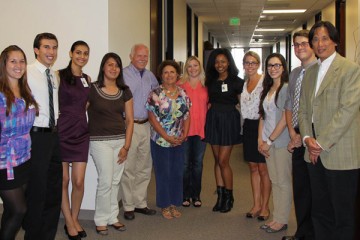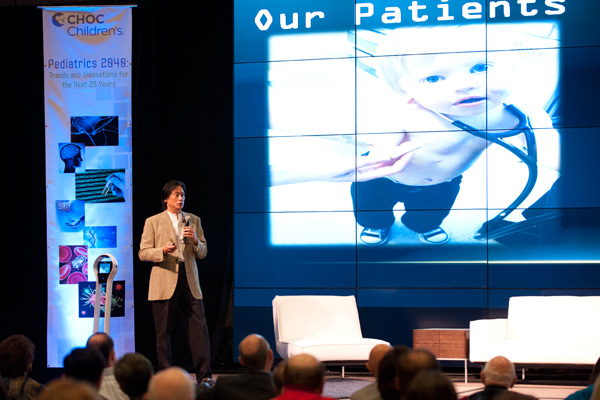Bold Ideas + Visionary Donors = Innovation
 Innovation requires two key ingredients: bold ideas and courage. CHOC Children’s is fortunate to have both renowned thought leaders in pediatric medicine and courageous donors with a vision to truly transform children’s health.
Innovation requires two key ingredients: bold ideas and courage. CHOC Children’s is fortunate to have both renowned thought leaders in pediatric medicine and courageous donors with a vision to truly transform children’s health.
The Sharon D. Lund Foundation is one such forward-thinking donor. In keeping with the generous spirit of Walt Disney’s daughter Sharon, the Foundation supports projects that not only impact children in Orange County but globally. It was with a $5 million donation from the Foundation that CHOC founded the Sharon Disney Lund Medical Intelligence Innovations Institute (MI3), bringing together key people from within the hospital and beyond to foster creativity.
“After meeting with CHOC representatives, the biggest thing that grabbed us was the future of medicine, and where medicine is going for children, how quickly it’s changing,” board member Michelle Lund said. “Being part of the Disney family, I think it’s important for us to embrace innovations that are coming our way. My grandfather, Walt Disney, was a foreseer of the future, so we are very excited to help continue that.”














